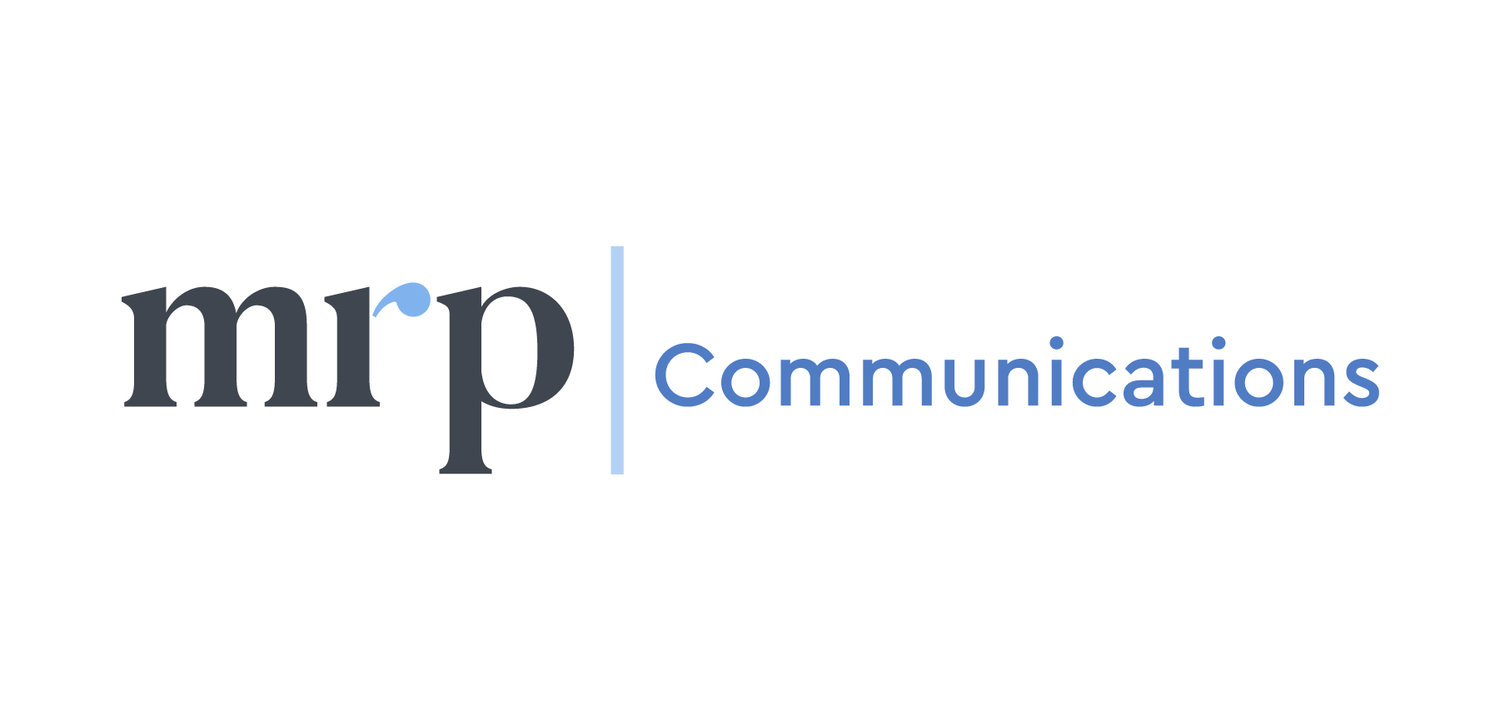So what? What's the big idea with International development?
/International Development suffers from an identity crisis. It means so many different things to so many different people – differences in industry from healthcare to agriculture and differences in program and financial approaches from philanthropy to market-based investments. It’s no wonder communicating the value and success of international development is difficult and confusing.
How do you balance devastation and hope? How do you show dire need without exploiting the victims or without making the problem seem insurmountable? How do you show growth and success and also convey that there is an Everest-size mountain of work still to be done?
Discussions on how best to tell the development story have happened for decades. Nicholas Kristof and his wife Sheryl WuDunn took these discussions to a new level about five years ago with their book A Path Appears: Transforming Lives, Creating Opportunity. USAID has made storytelling a top priority for at least the last three years. (I helped train USAID Communication Specialists on this very topic over the last year.) The UK’s Department for International Development (DFID) is doing the same.
During their 2019 annual conference, the Society for International Development added their voice to the mix and spent a majority of the event focused on communication, including sessions on Communicating to Drive Action and Writing True Stories that Matter.
There are two questions that came up consistently during the conference. These are two questions that every development story should address if you want it to inspire your audience and motivate them to take action for your cause.
So what?
This question is personal. The answer will change with each audience. You need to identify how your program, how your cause relates to an individual audience member. You need to establish a connection, some context, and relevance. You need to give a face to your cause and explain how that individual is just like your audience member. Not everyone will understand poverty or hunger, but everyone can understand being a parent or caregiver and wanting to protect a child. The answer to So What is also the answer to What Does This Mean for ME?
What’s the big idea?
This question is about dreams. The answer is your big picture, your mission—growing democracy, eliminating cancer, saving lives. Inspire your audience and show them they can be part of something grand. Grand AND achievable. The audience needs to believe the dream can be a reality. They need to know that investing their time and money isn’t futile. If the dream is unachievable, the problem insurmountable, the audience won’t join you on the journey.
Severe drought and a large-scale food crisis plagued east africa in late 2011-Early 2012, the worst in 60 years according to the un. women and children walked all day to collect water for their families, if there was water to be collected. after the initial emergency relief, the organization i worked for turned its focus to sustainable solutions—supporting local communities to build large water storage reservoirs. easy access to water allows a community to grow crops and care for livestock during the dry season. water allows a community to survive the dry season.
(Photos: Melissa Price. Somaliland, ethiopia. feb. 2012.)
Ambassador Rick Barton had one of my favorite quotes of the day. I’m paraphrasing, but the sentiment was, “The U.S. has the opportunity to bring peace to the world. This is why we do international development.” This is one of the biggest ideas—that everything we do, everything we work on together, in international development has the potential to bring world peace. Wow! I’ve never thought of it that succinctly, or on that scale.
That excites me, and I’m sure a number of other development professionals. So, how do we throw open the doors to our sometimes insular community and bring in new energy, new ideas, new people to this amazing work. Let’s answer their questions. Let’s answer the “So what?” and “What’s the big idea?”
How do you do this? How do you tell the development story? What are your best storytelling tips? Leave a comment here, or tag me in a comment on LinkedIn or Twitter.















